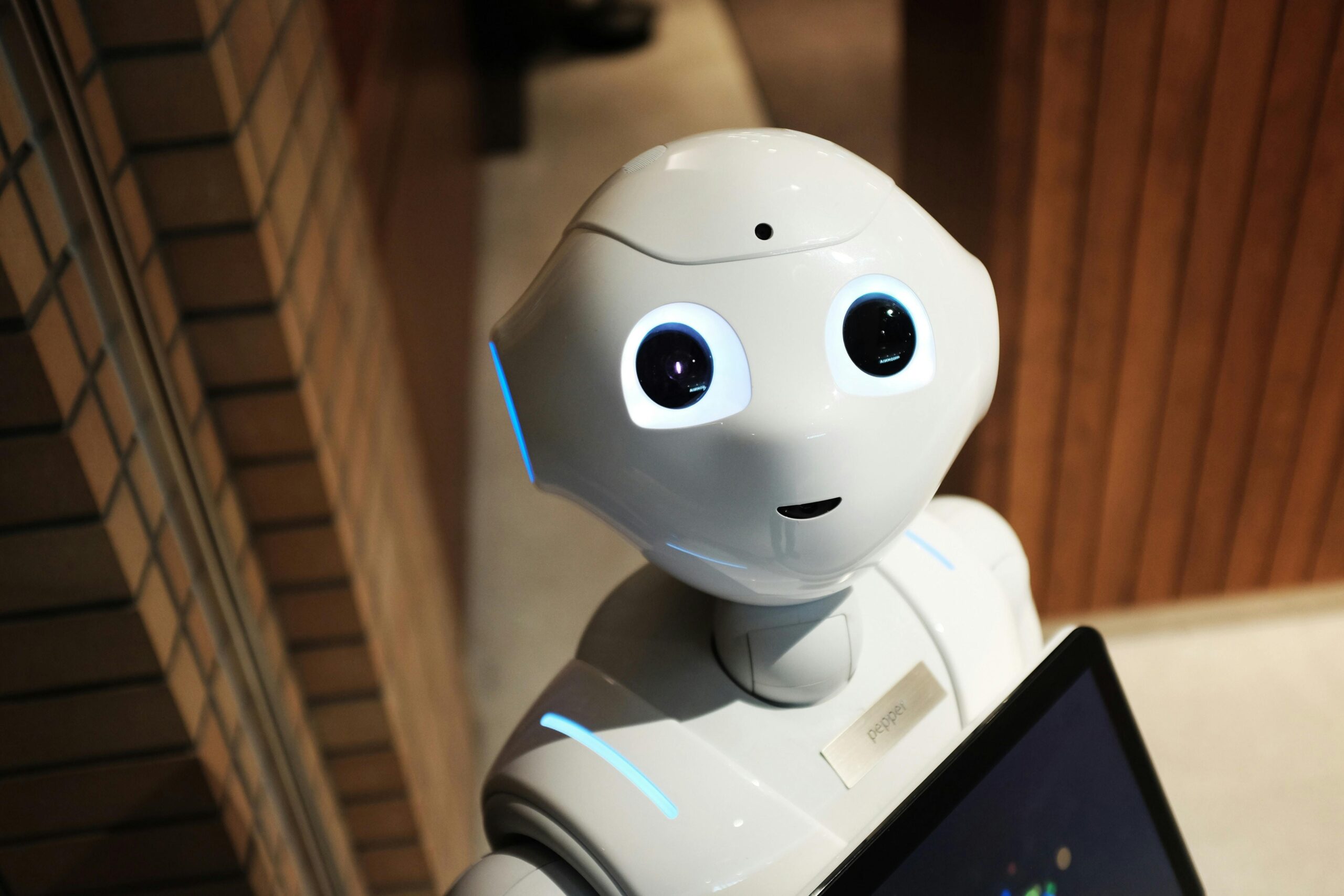In an era of rapid technological advancements, robotics has emerged as both a groundbreaking innovation and a source of controversy. While robots promise efficiency, productivity, and convenience, many argue against their widespread adoption. But are these concerns truly sufficient to warrant halting robotics development? Let’s examine the key arguments against robotics, supported by relevant data, and whether they justify rejecting this technology.
1. Job Displacement and Unemployment
One of the most common concerns surrounding robotics is the fear that automation will replace human workers, leading to widespread unemployment. Many industries, from manufacturing to customer service, are integrating robots to perform repetitive tasks, reducing the need for human labor.
Data & Analysis:
- A McKinsey & Company report estimates that between 400 million and 800 million individuals could be displaced by automation by 2030.
- Research indicates that for every robot added per 1,000 workers in the U.S., wages decline by 0.42%, and the employment-to-population ratio decreases by 0.2 percentage points, translating to a loss of approximately 400,000 jobs.
- However, the World Economic Forum predicts that while 75 million jobs may be displaced by automation by 2022, 133 million new roles could emerge, resulting in a net gain of 58 million jobs.
Counterpoint:
While automation does eliminate certain jobs, it also creates new employment opportunities in fields such as robotics engineering, programming, and maintenance. Historically, technological advancements have led to shifts in the workforce rather than mass unemployment. The key lies in adapting and reskilling workers for emerging roles in the evolving job market.
2. High Costs of Implementation
Deploying robotics requires a significant initial investment. Many businesses, particularly small enterprises, may struggle to afford the costs associated with purchasing, programming, and maintaining robotic systems.
Data & Analysis:
- The cost of industrial robots varies widely, with prices ranging from $50,000 to over $150,000 per unit, excluding integration and maintenance.
- Businesses that integrate robotics report 20-30% increases in efficiency and long-term cost savings despite the high initial investment.
Counterpoint:
Although the upfront costs can be high, automation often leads to long-term financial benefits. Increased efficiency, reduced labor expenses, and higher productivity can result in significant savings over time, making robotics a worthwhile investment for many industries.
3. Ethical Concerns
Robots are being used in military applications, surveillance, and policing, raising ethical questions about privacy, decision-making, and accountability. The potential for misuse or unintended consequences fuels concerns about the morality of robotic deployment in certain fields.
Counterpoint:
Ethical concerns are valid, but the solution lies in responsible regulation rather than outright rejection of robotics. Policies and guidelines can ensure that robots are used in a way that prioritizes ethical standards and societal well-being.
4. Lack of Human Judgment and Empathy
Robots may excel at calculations and efficiency, but they lack human intuition, emotional intelligence, and moral reasoning. In fields such as healthcare, education, and customer service, human connection and empathy are crucial.
Data & Analysis:
- A Harvard Business Review study found that 72% of consumers prefer human customer service over AI-based interactions.
- Healthcare robots are projected to grow by 22.5% annually, but human doctors remain irreplaceable for emotional support and patient relationships.
Counterpoint:
While robots cannot replace human emotions, they are not intended to do so. Instead, they serve as assistants that enhance human capabilities. In healthcare, for instance, robotic systems can perform precision surgeries, while human doctors focus on patient care and emotional support.
5. Cybersecurity Risks
As automation becomes more prevalent, the risk of cyber threats increases. Hacked robots could lead to severe disruptions, including data breaches, industrial sabotage, and even physical harm in cases of autonomous machinery malfunctioning.
Data & Analysis:
- Cybersecurity incidents related to industrial robots have increased by 36% year-over-year, according to IBM’s cybersecurity report.
Counterpoint:
Any digital system is vulnerable to hacking, but cybersecurity measures can mitigate these risks. Enhanced encryption, AI-driven threat detection, and strict regulations can significantly reduce potential dangers associated with robotic technology.
6. Overdependence on Technology
Critics argue that an increased reliance on robots could make societies overly dependent on technology, reducing human engagement and problem-solving skills.
Counterpoint:
While overreliance on any technology can be a concern, the key is to strike a balance. Robotics should complement human efforts rather than replace them entirely. With proper regulations and conscious usage, societies can integrate automation without diminishing human ingenuity.
7. Safety Concerns
Robots, especially autonomous machines, have the potential to malfunction, leading to workplace accidents, injuries, or even fatal errors in critical applications like transportation or medical procedures.
Data & Analysis:
- According to the U.S. Bureau of Labor Statistics, robot-related workplace injuries have been rising, particularly in warehouse and manufacturing settings.
- Tesla’s Gigafactory has reported multiple incidents where robots caused safety hazards due to system failures.
Counterpoint:
As with any technology, risks exist, but ongoing advancements in AI and safety protocols are making robots increasingly reliable. Strict regulations and rigorous testing help minimize errors, making robotics safer than many traditional methods.
8. Loss of Human Skills
As robots take over various tasks, people may lose essential skills, leading to a decrease in critical thinking, craftsmanship, and hands-on expertise.
Counterpoint:
While certain manual skills may become less necessary, new skill sets emerge in response to automation. The need for robotics programming, AI management, and system maintenance fosters the development of new expertise, ensuring that human skills continue to evolve alongside technology.
Conclusion: Robotics Is Inevitable—The Key Is Responsible Integration
While the concerns surrounding robotics are understandable, history has shown that technological progress is unstoppable. Instead of rejecting robotics, the focus should be on responsible integration, ethical guidelines, and adapting to the changing landscape. By embracing innovation while addressing risks, societies can harness the benefits of robotics without compromising human values and employment opportunities. Rather than resisting change, we must learn to navigate and shape the future of robotics for the greater good.











